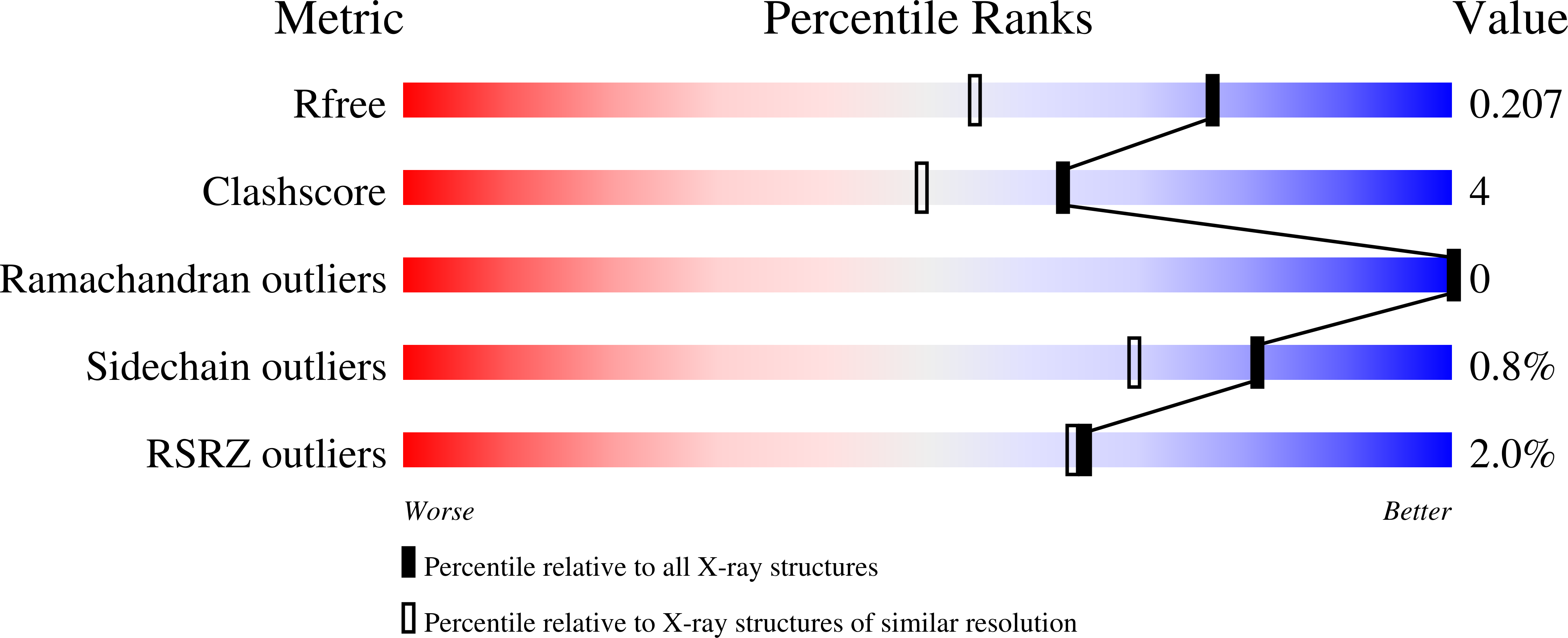
Deposition Date
2006-05-20
Release Date
2006-08-22
Last Version Date
2024-11-13
Entry Detail
PDB ID:
2H30
Keywords:
Title:
Crystal structure of the N-terminal domain of PilB from Neisseria gonorrhoeae
Biological Source:
Source Organism:
Neisseria gonorrhoeae (Taxon ID: 485)
Host Organism:
Method Details:
Experimental Method:
Resolution:
1.60 Å
R-Value Free:
0.20
R-Value Work:
0.18
Space Group:
P 21 21 21


